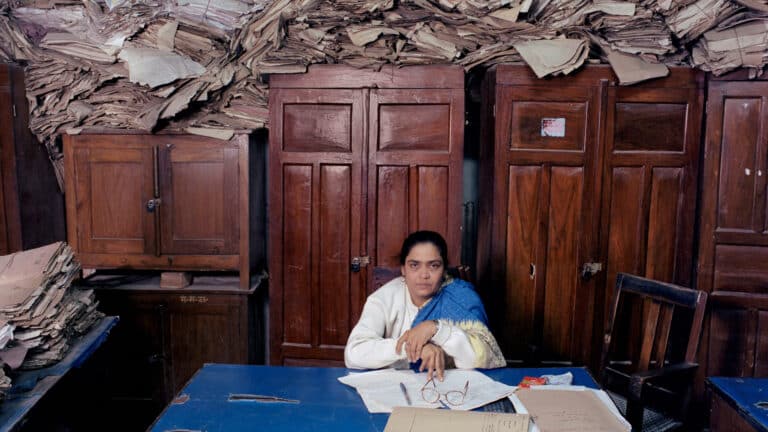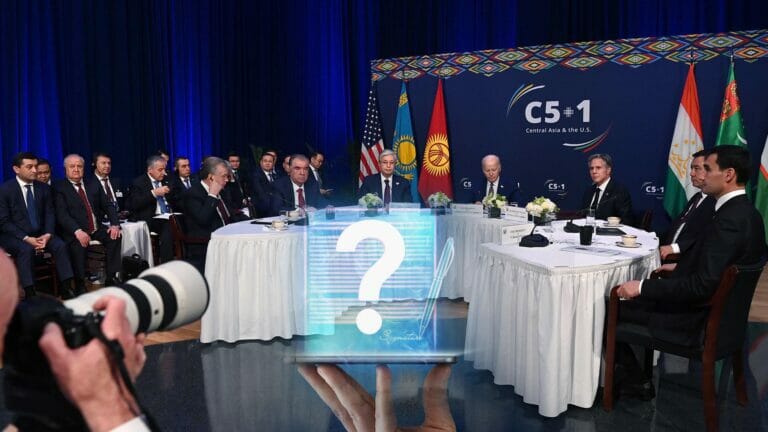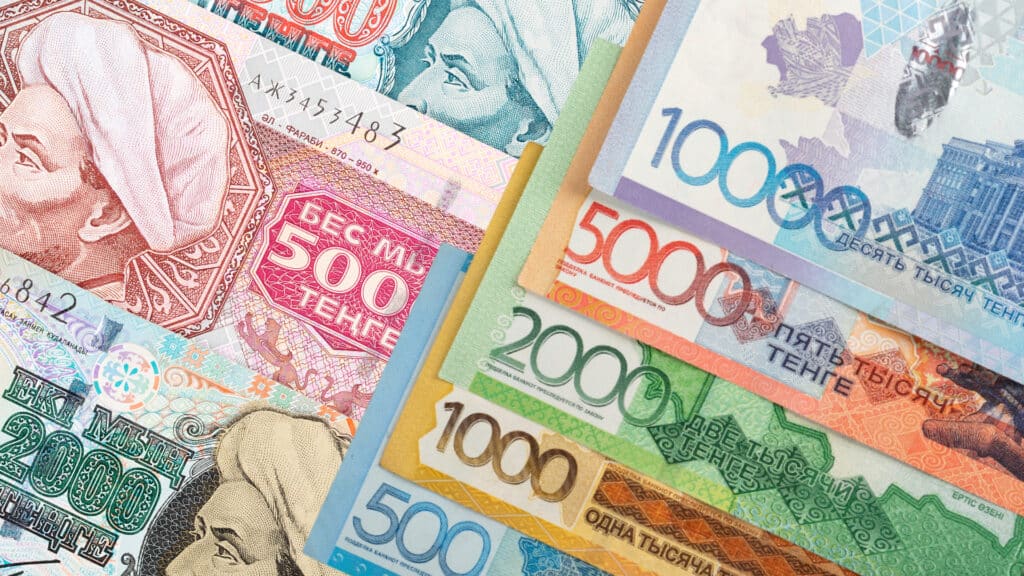
Kazakhstan marked the 28th anniversary of its national currency, the tenge, this year. The National Bank introduced a new series of banknotes designed in a «Saka style.»
Throughout its history, the tenge has undergone multiple redesigns, and some observers argue that these updates are occurring too frequently. In an interview with Zhas Alash newspaper, Khairulla Gabzhalilov, one of the designers of the first tenge banknotes, said he believes the frequent changes serve as a vehicle for theft and the corrupt misuse of public funds.
Early optimism and a declining tenge
When Kazakhstan’s national currency entered circulation on Nov. 15, 1993, the public’s excitement over holding the new tenge seemed boundless. Today, however, the tenge has significantly depreciated. The National Bank has repeatedly updated the currency’s design — a practice Gabzhalilov says has gone too far.

The expert recollected that in the early years, a special Tenge Day was even established to commemorate the currency.
«Later, it was changed to the Day of Financiers, and those financiers ultimately […] devalued our tenge,» he said.
Design changes and cultural debates
The first series of banknotes included seven denominations: 1, 3, 5, 10, 20, 50, and 100 tenge. As inflation took hold, larger notes — 500, 1,000, 2,000, 5,000, 10,000, and 20,000 tenge — were introduced.
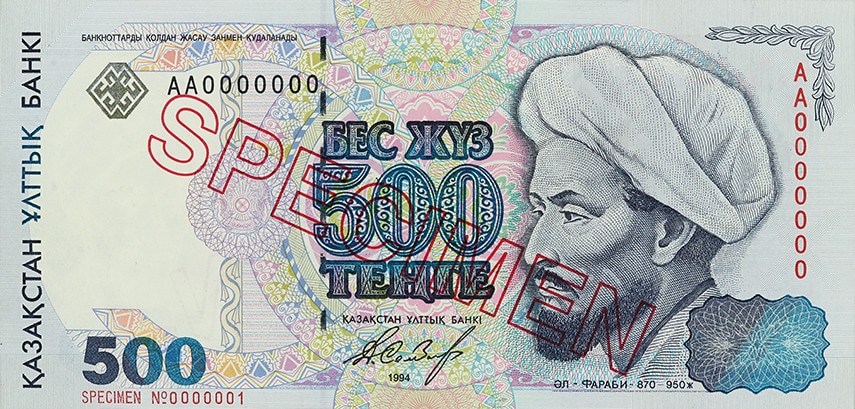
Twelve years after the tenge entered circulation, the designer claims, then-National Bank Chairman Anuar Saidenov removed images of Abylkhair Khan and Abylai Khan — both celebrated Kazakh rulers — and the esteemed poet Abai, replacing them with a map of Kazakhstan and the imprint of President Nursultan Nazarbayev’s palm.
Notably, Gabzhalilov said he had once offered to redesign the tenge for free. He criticized later motifs, including a dove — which officials described as a symbol of peace — and a seagull flying over the sea.

«There is no such thing as a dove as a symbol among the Turkic peoples,» he said. «We have a wolf, an eagle, a Tazy [sighthound hunting dog] — symbols of fighting spirit. And what do the sea and a seagull have to do with us?»
Corruption allegations over new banknotes
The National Bank states that its latest series of banknotes, designed in the «Saka style,» is intended to honor Kazakhstan’s cultural heritage. Gabzhalilov presents a different perspective, suggesting that each new chair of the National Bank may seek to leave a personal mark on the currency by issuing banknotes bearing their own signature.
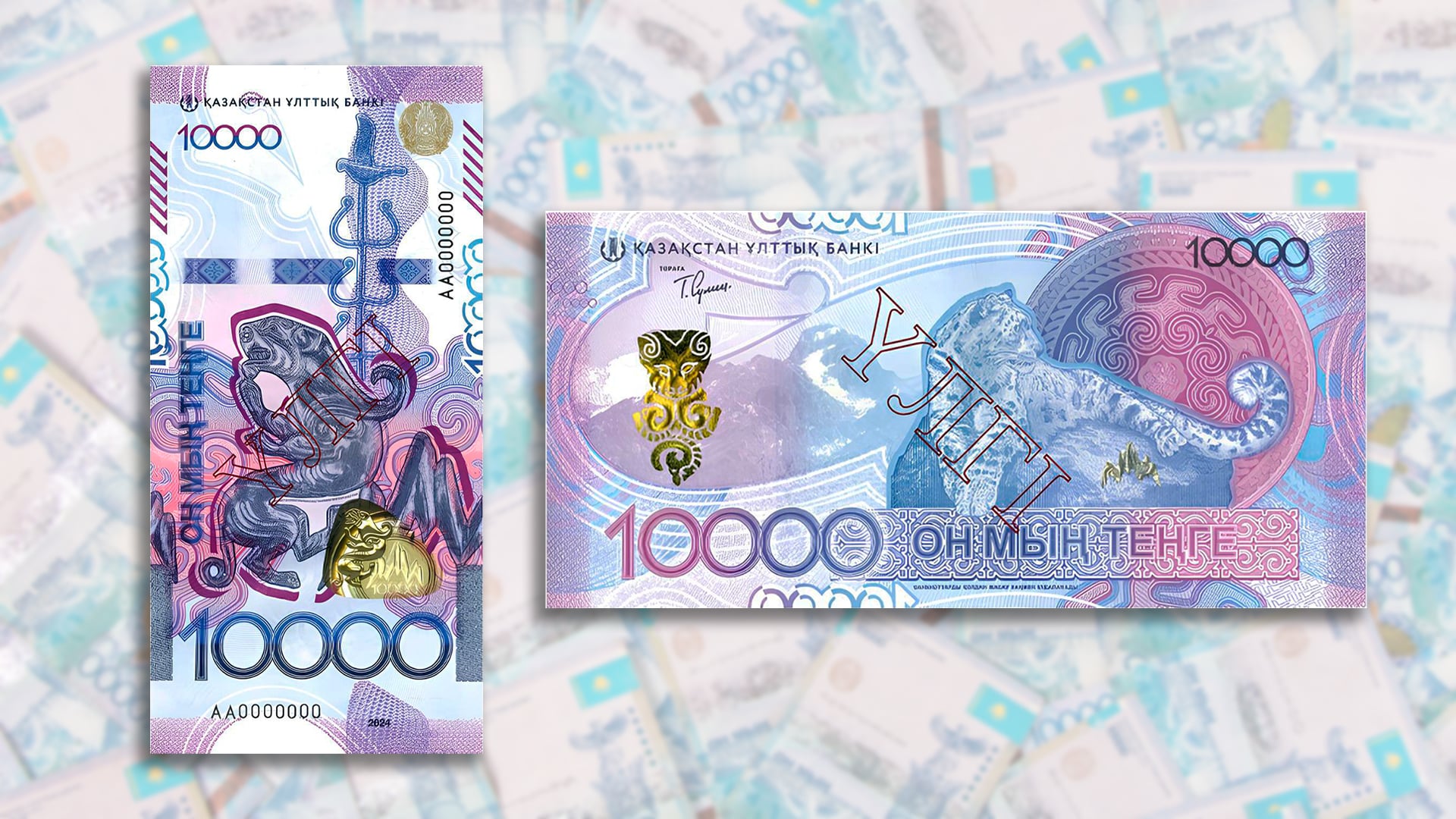
«They are happy to withdraw bills signed by previous chairmen and replace them with new ones,» he said. «This means wasting the state’s money.»
Gabzhalilov alleges that the issuance of new banknotes is associated with corruption. He claimed that producing commemorative bills for various celebrations and releasing them into circulation adds unnecessary costs at a time when the government is dealing with a budget deficit and raising taxes.
«Constantly changing banknotes is a way to misuse public money,» he shared.







